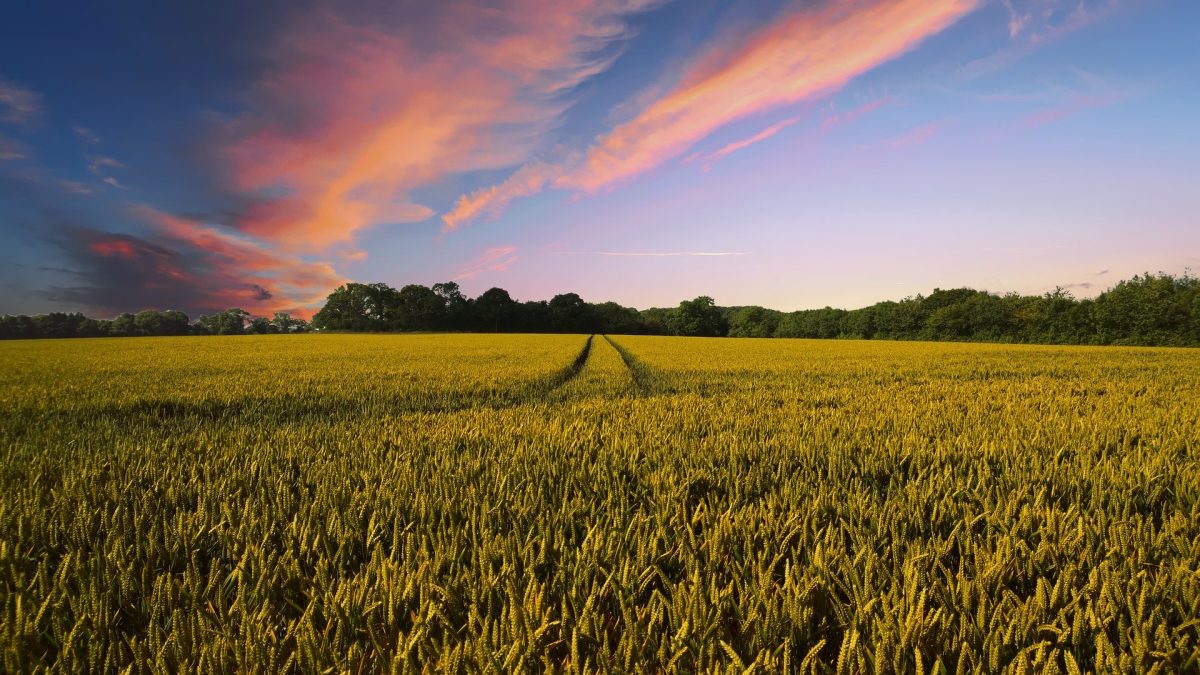The Building Blocks of Healthy Crops

Nutrients for Life Foundation Website Is Great for Teachers and Students
November 25, 2019
Innovature and Gene Editing
December 19, 2019Nitrogen, phosphorus, and potassium are essential to produce large quantities of healthy crops.
The three main building blocks of plant nutrition are nitrogen, phosphorus, and potassium and they are necessary for plants to grow. These leading nutrients are the primary nutrients found in the commercial fertilizers represented by the Florida Fertilizer and Agrichemical Association (FFAA). These elements are drawn from nature and applied to crops in order to replace nutrients that are lost with each harvest. The FFAA wants everyone to know that without the addition of these three important nutrients, we wouldn’t be able to produce the food our growing population needs.
Nitrogen is an element found abundantly in the air we breathe, and The Fertilizer Institute maintains that nitrogen is also needed by plants to produce proteins, chlorophyll, DNA, RNA, and other substances. Although there is lots of nitrogen in the atmosphere (each acre of the Earth’s surface is covered by about 37,000 tons of nitrogen), not all plants can use this atmospheric gas; they need nitrogen to be present in the soil. Some plants (legumes) can collect atmospheric nitrogen to use, but most plants can’t do this. Nitrogen can be added to the soil in the form of organic matter, livestock manure, or commercial fertilizers.
Phosphorus, or phosphate, is found in the soil. Much of it is found in deposits formed centuries ago by the accumulation of marine life in shallow seas, or produced by volcanic activity. Although phosphorus occurs naturally in the soil, as the population grows and demand for food increases, crops deplete the natural phosphorus in the soil, and it must be replaced through fertilization. Did you know, phosphorus is the second-most abundant mineral found in the human body, with 80 percent of the body’s phosphorus being found in the bones and teeth?
Potassium, also known as potash, protects plants from diseases and helps them stay healthy when conditions are cold or dry. Ancient deposits of potassium were formed as seas and oceans like the ancient Devonian Sea in Central Canada and northern U.S. evaporated hundreds of millions of years ago, though the process is still occurring today in bodies of water with a high salt content. It’s why, according to Mosaic’s CropNutrition, most of the potassium used in the U.S. is mined in western Canada, though some is also produced in New Mexico and the Great Salt Lake.
These three elements are essential for producing healthy, strong crops in quantities large enough to feed the Earth’s growing population. Without them, the FFAA knows we simply wouldn’t be able to produce enough food. Nitrogen, potassium, and phosphorus are the Earth’s gifts to humanity.
To learn more about building blogs for plant nutrition, check back on the FFAA blog regularly and follow our Facebook or Twitter profiles for regular updates.

